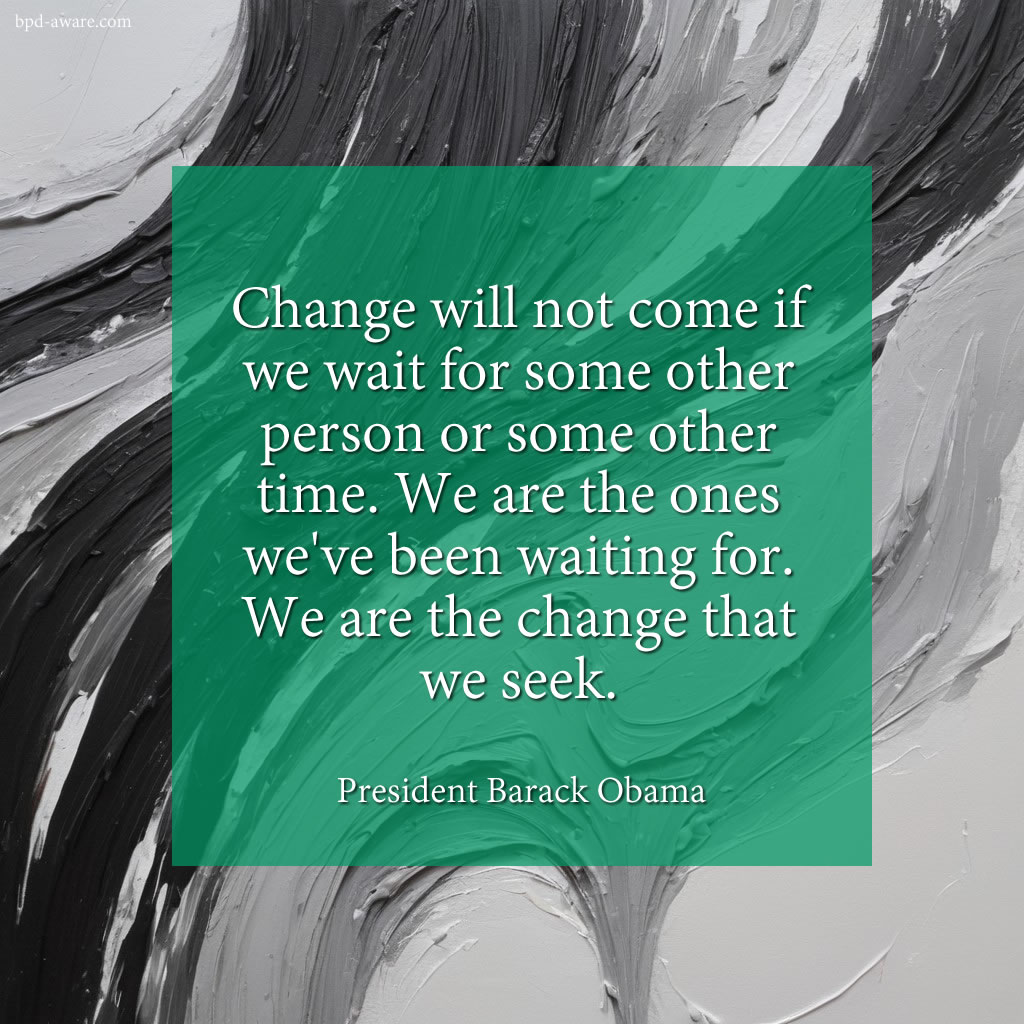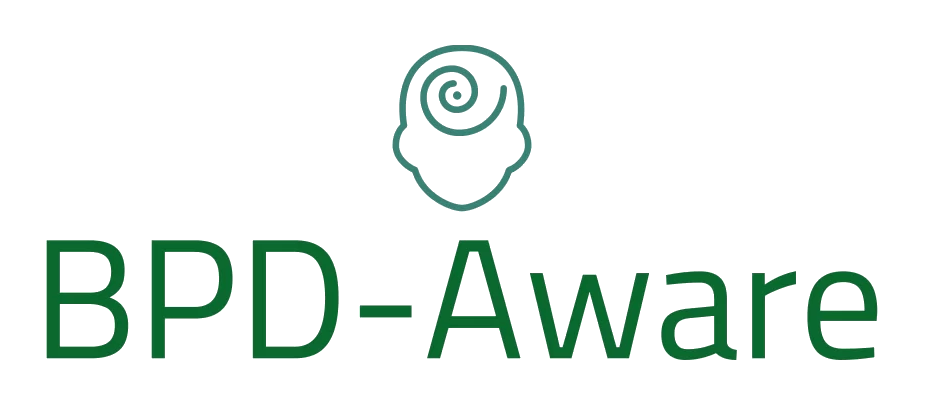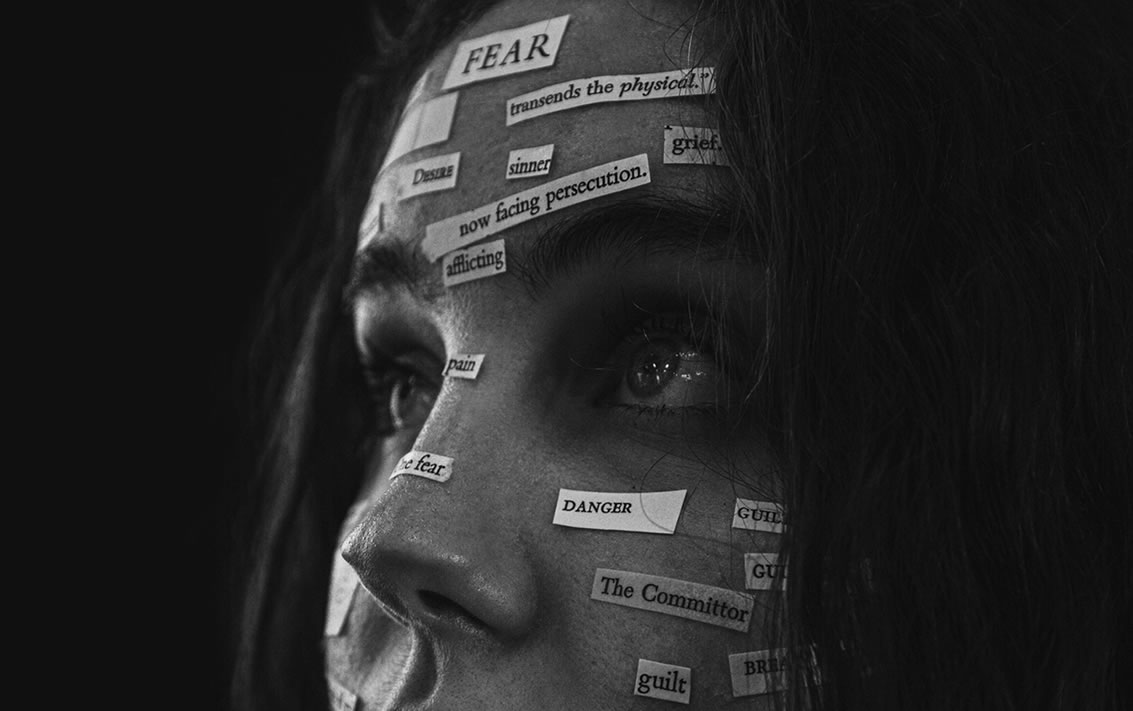Dialectical Behavior Therapy (DBT) stands as a comprehensive Cognitive Behavioral Treatment (CBT), initially developed by Dr. Marsha M. Linehan in the late 1980s. It was designed to aid people with Borderline Personality Disorder (BPD). However, it is also used to treat other mental health issues. DBT integrates CBT techniques for emotional regulation, distress tolerance, acceptance, and mindful awareness derived from Buddhist meditative practice.
DBT’s Four Core Modules
DBT is centered around four modules, each aimed at developing critical skills for managing emotions, behaviors, and relationships:
Mindfulness draws heavily from traditional Buddhist meditation practices and is foundational for the other skills taught in DBT. Mindfulness focuses on developing an individual’s ability to be fully present and aware in the moment without judgment. This module teaches skills that help individuals observe, describe, and participate in their thoughts, feelings, sensations, and surroundings with an open, curious, and non-reactive mindset.
Distress Tolerance is designed to equip individuals with skills to tolerate and survive crises without resorting to self-destructive behaviors. This module acknowledges that while pain and distress are inevitable parts of life, suffering can be mitigated by accepting reality as it is and finding ways to endure without exacerbating problems.
Emotion Regulation addresses the need to manage intense emotions that cause problems in someone’s life. This module teaches strategies for identifying and understanding one’s emotions, reducing vulnerability to emotional dysregulation, and increasing positive emotional experiences.
Interpersonal Effectiveness focuses on enhancing individuals’ ability to interact with others assertively, maintain self-respect, and strengthen relationships. This module addresses common interpersonal challenges, such as asking for what one needs, saying no, and dealing with interpersonal conflict.
The Opposite Action Skill in DBT
Opposite Action is a key component within the Emotion Regulation module of DBT. It is a transformative skill designed to help individuals manage emotional responses that are maladaptive or unhelpful by encouraging actions that are directly opposite to the impulse driven by the emotion.
The Premise of Opposite Action
The underlying premise of Opposite Action is that emotions lead to urges to act in certain ways; for instance, fear might urge us to avoid, and anger might urge us to attack. However, these urges often do not serve us well in our current circumstances and can lead to exacerbation of emotional distress and problematic situations. Opposite Action teaches us to recognize these unhelpful emotional urges and consciously choose to act in opposition to them, thereby reducing the intensity of the emotion and its hold over one’s actions.

How to Perform Opposite Action
Performing Opposite Action involves several steps:
Step 1: Identify the Emotion
- Recognize and Label: The first step is to become aware of what you are feeling. Recognizing and naming the emotion (e.g., anger, fear, sadness) is crucial. This awareness creates a mental space between feeling the emotion and acting on it.
Step 2: Check the Facts
- Assess the Situation: Examine the current situation to determine whether the emotion and its intensity are justified by the facts. Ask yourself if there is a real reason for feeling this way and if the emotion and its intensity fit the actual circumstances.
- Evaluate Effectiveness: Consider whether acting on the emotion will be effective. Will it aid you in achieving your goals, or will it make the situation worse?
Step 3: Decide on the Opposite Action
- Choose an Appropriate Response: Once you determine that the emotion does not fit the facts or that acting on the urge would not be effective, decide what the opposite action to your emotional urge would be. This is the action that directly contradicts what your emotion is pushing you to do.
Step 4: Act on the Opposite Action
- Engage Fully: It’s not enough to simply decide on the opposite action; you must actively engage in it. This step requires commitment and can involve both physical actions and mental shifts.
- Wholehearted Participation: To effectively counteract the emotion, it’s important to throw yourself into the opposite action with all your effort, not half-heartedly. The more completely you commit to the action, the more likely it is to impact your emotional state.
Step 5: Observe the Outcome
- Reflect on Changes: After performing the opposite action, take some time to observe any changes in your emotional state. Often, you’ll find that the intensity of the emotion has decreased, or your perspective on the situation has shifted.
- Adjust as Needed: If the emotion persists or the situation changes, you might need to reassess the facts and possibly choose a different action.

Examples of Opposite Action
The following are examples of some emotions you might feel and how to engage in the opposite action.
Shame
- Typical Urge: To hide, withdraw, or keep secrets.
- Opposite Action: Sharing your feelings with someone you trust, engaging in activities that make you feel proud, or confronting situations constructively that induce shame.
Guilt
- Typical Urge: To punish oneself or overcompensate for perceived wrongs.
- Opposite Action: If the guilt is unjustified or disproportionate, engage in self-forgiveness practices, rectify the situation in a balanced way, or communicate openly about your feelings.
Envy
- Typical Urge: To belittle others’ achievements or withdraw from them.
- Opposite Action: Congratulate others on their successes, focus on your own strengths and achievements, and engage in activities that boost your self-esteem.
Jealousy
- Typical Urge: To control or spy on someone, or to make accusatory or confrontational statements.
- Opposite Action: Communicate your feelings calmly and assertively, focus on building trust, and engage in activities that reinforce your self-worth and relationship security.
Disgust
- Typical Urge: To avoid or reject the object of disgust.
- Opposite Action: If the disgust is not justified by actual harm, gently expose yourself to the object of disgust until the intensity of the feeling decreases. Practice acceptance and try to find neutral or positive aspects of the situation or object.
Sadness from Loss or Grief
- Typical Urge: To isolate oneself and disengage from usual activities.
- Opposite Action: Gradually participate in normal activities, seek support from others, and engage in new experiences that can bring joy or fulfillment.
Loneliness
- Typical Urge: To withdraw further, believing that no one cares.
- Opposite Action: Reach out to friends or family, join social groups or clubs, or volunteer in community activities to feel more connected.
Overwhelm or Helplessness
- Typical Urge: To give up, procrastinate, or detach from the situation.
- Opposite Action: Break tasks into smaller, manageable steps, seek support, and take one step at a time to regain a sense of control and efficacy.
Hopelessness
- Typical Urge: To cease efforts towards goals or improvement.
- Opposite Action: Set small, achievable goals, celebrate progress, and engage in activities that have historically given you a sense of achievement or purpose.
Inadequacy
- Typical Urge: To stop trying new things or to put oneself down.
- Opposite Action: Challenge yourself with new tasks, focus on past successes, and practice self-compassion and positive self-talk.
The Impact of “Opposite Action”
Opposite Action serves as a powerful tool within DBT to help people with BPD (and others facing emotional regulation challenges) break the cycle of emotional reactivity and impulsive behaviors. By actively choosing actions that counteract unhelpful emotional urges, individuals can gradually decrease the intensity of these emotions, leading to more adaptive responses to emotional triggers and a greater sense of emotional control.
Furthermore, Opposite Action can enhance emotional resilience by providing a concrete strategy for handling difficult emotions, thereby fostering a greater sense of self-efficacy and emotional well-being. It empowers individuals to act in ways that align with their values and long-term goals, rather than being swept away by the immediate intensity of their emotions.
Final Thoughts
DBT’s Opposite Action skill embodies the dialectical principle of balancing acceptance with change. It acknowledges the validity of emotional experiences while simultaneously providing a path towards transforming unhelpful emotional reactions into constructive actions. For individuals navigating the challenges of BPD, Opposite Action offers a pragmatic approach to reshaping emotional responses and reclaiming agency over one’s life. Through practice and perseverance, this skill can lead to significant improvements in emotional regulation, interpersonal relationships, and overall quality of life.
Sources, Resources, and Further Reading
- Opposite Action Skill: https://dbt.tools/emotional_regulation/opposite-action.php
- DBT Skills: Opposite Action and Emotion Regulation: https://www.youtube.com/watch?v=wkxOICjG2is
















